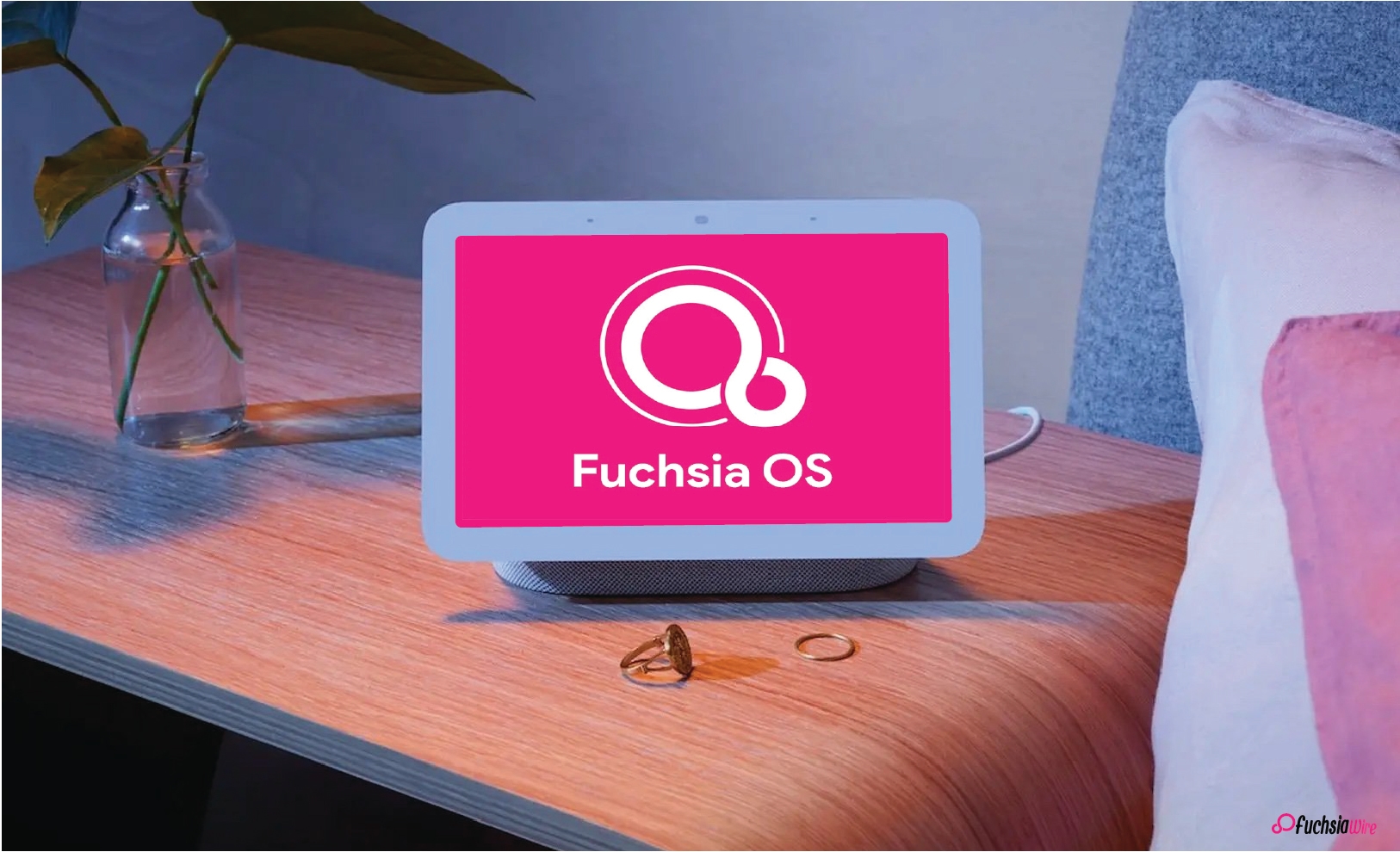Consequently, get prepared for a new vision of how you arrange and display your content. A new ‘Dynamic Layouts’ that will bring a more flexible and adaptive way to arrange the information is coming.
This unique addition seeks to come out of the passive static structure. One that content can strategically intervene and rearrange itself in response to many circumstances. Thus, it improves the visual appearance and user experience.
Understanding the Previous Layout
The Static Grid
The platform is used to display the content and participants in a traditional grid layout. There is a certain order to this static structure. It also had some limitations of its own when it came to fitting varying numbers of active speakers.
Challenges of Modern Meetings
The rigid grid was hard for many users in hybrid and remote meeting environments. In an improvised meeting, remote participants are positioned in less prominent, less visible tiles.
How They Transform Your View
Dynamic Arrangement uses AI-enabled active speaker detection to prioritize and magnify the tiles of the persons who are talking. Doing this would ensure the flow of conversation is more natural and engaging.
It would also maintain the focus of this hour on the active conversation. Different participants contribute, at which point the system dynamically adjusts the placement of tiles.
Features for Comprehensive Participation
Individual Tiles for In-Room Attendees
Dynamic Layouts understands the significance of collaboration from people in the room. It can give different tiles to each individual in a meeting room for a more balanced representation.
Visually Cohesive Tiles
The feature also includes color color-sampled tile. It aims to make the visual experience more harmonious, creating very slightly different color accents between the participant tiles.
Expanded Focus
Increased pin limits will allow users to keep an eye on a greater group of key participants or content, regardless of their pin status.
Customization Options
Defining individual preferences, Dynamic Layouts are the ones that allow users to customize their viewing experience.
It includes the capacity to stop the automatic cropping of videos. It is because all participants are visible during the meeting. This means you can switch between various layout modes that fit the meeting context.
Elevating the User Experience
Dynamic Layouts contribute to an enhanced user experience by giving a more modern look. It will be adjusted to the dynamics of the interaction.
Improved Visibility for All: Both the in-room and remote participants get more visibility and participation. In remote attendees, they get more individual recognition. Importantly, they are more likely to be brought into focus when speaking, especially as they are not in the room.
Enhanced Accessibility Features: Some accessibility improvements are also provided for scenarios involving sign language interpretation. Their consistent visibility for people can be achieved through the ability to pin interpreters and prevent cropping the video.
Availability
The rollout of Dynamic Layouts to users is currently happening. The timeline on this will vary by account type and region. They will be updated on your platform.
Available to Google Workspace customers, the feature will be widely available and accessible to a broad sweep of users.
User Perspectives
User feedback on the initial use of Dof Dynamic Layouts has been overwhelmingly positive. Many great comments have shifted the direct focus to interested speakers.
It has a big potential to have an impact on hybrid work and remote collaboration. Dynamic Layouts can lead to better communication, understanding, and, in general, better effectiveness of meetings. This is possible by creating a more engaging and equitable visual environment.
The Future of Visual Collaboration
Finally, I cannot overemphasize the importance of introducing the Dynamic Layouts and how they increase the quality of visual collaboration.
This feature moves beyond a restrictive static grid. It also goes into the world of a smart, adaptive approach and more efficient meetings for everyone. We encourage you to give them a try and see the new way of the world of team collaboration.
























